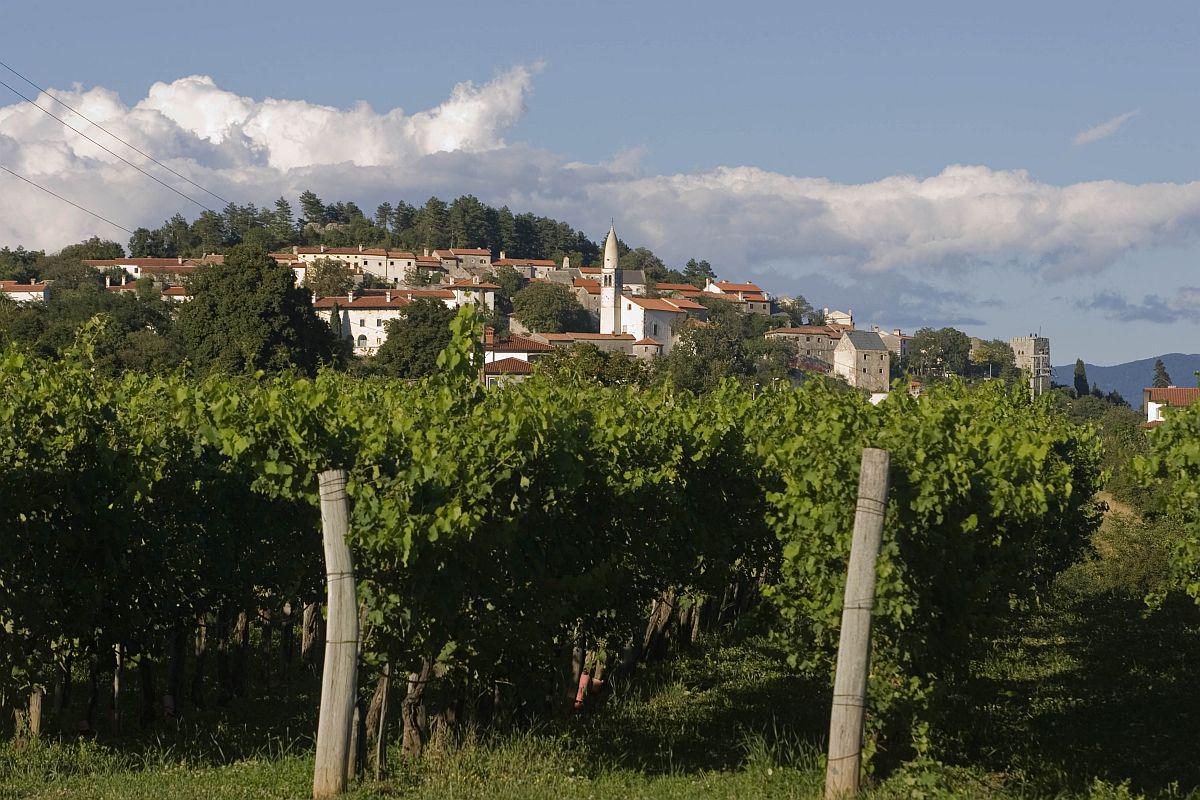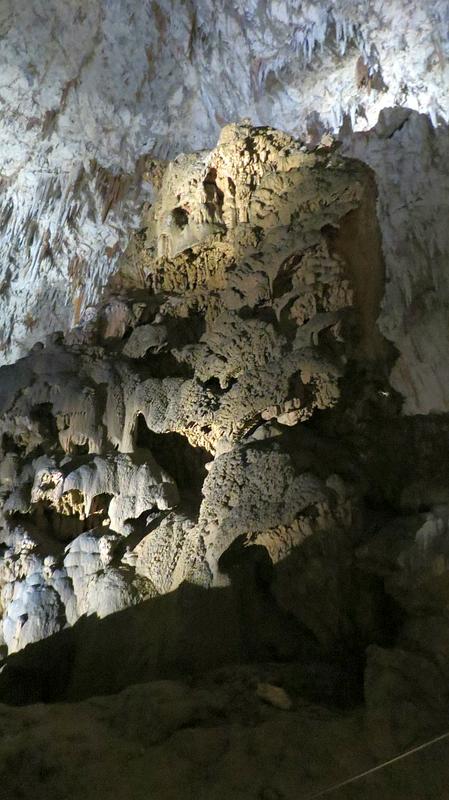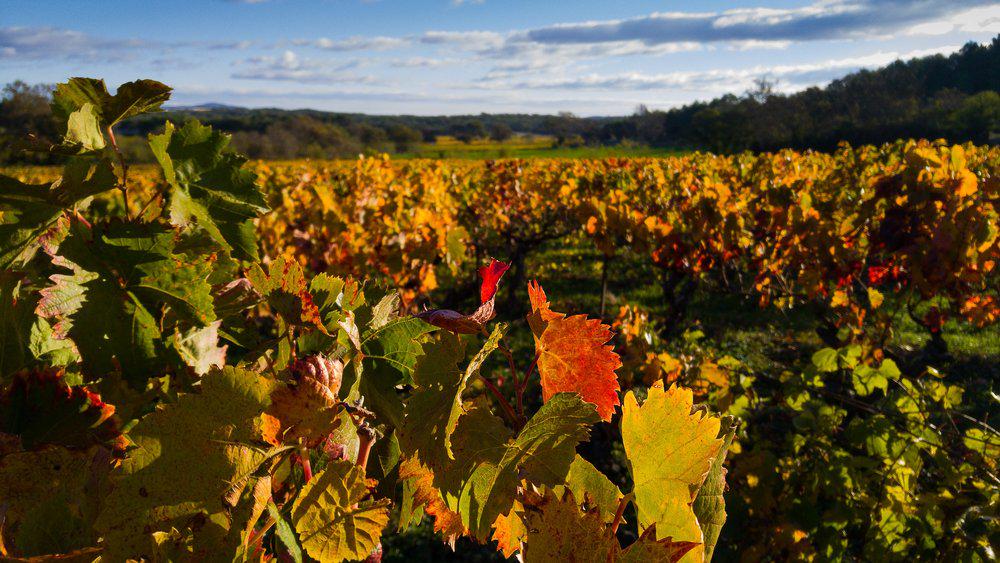


Sežana
One of the interesting towns hereabouts is Sežana. Home to the huge Vina Kras winery and wine cellar, the surrounding countryside is dotted with the famed osmice farmhouses that traditionally open their doors for lunch and dinner for eight days during the year. Also don’t miss the botanical gardens, once known as one of the finest in the Austro-Hungarian Empire.
Divača
This little town in the southwest of the country has long been a crossroads town and transport hub with this role only strengthening with the development of the railway. Today it enjoys good connections with Ljubljana, the coast including Croatia and to the north towards Nova Gorica and Jesenice. If you do find yourself with a couple of hours to burn while waiting for a train, the 17th-century Škrateljnova house is one of the best preserved examples of traditional Karst architecture is worth a look at as is the Slovenian Film Museum which it now houses. Despite not being the most interesting town itself, Divača is a good base for exploring the surroundings countryside where there are some amazing sights – not least the nearby UNESCO World Heritage listed Škocjan Caves.
Štanjel
One of the oldest settlements in the region, a visit to Karst isn’t complete without a trip to Štanjel, a gorgeous village perched on the side of a hill and notable for its profusion of lovely old buildings including a castle, several interesting and historical churches and a number of other points of interest. The castle itself dates from the Middle Ages and is notable for its art gallery where a permanent display of the work of the artist and printmaker Lojze Spacal (1907-2000) can be seen. The Prophet Daniel Church, originally built in the 15th century, is notable for its peculiar, lemon-shaped tower constructed in 1609. Also when in town, don’t miss the marvellous Ferrari Garden. Situated on the edge of the settlement at the bottom of the hill and dating from the 1920s and 1930s, the state-protected monument is a lovely place to stroll and enjoy its flowers and terraces.
Karst Cuisine & Wines
A special blend of traditional Slavic, Germanic and Romanic cuisines whose history goes back centuries, the first thing a local will tell you about the regional food is that, like the region itself, everything moves slowly, including the cooking. Based on the fruit, vegetables and herbs that grown hereabouts, the particularly seasonal Karst kitchen focuses on what’s available at the time of year and links many of it dishes to the festivals that take place. Famous among the many dishes are štruklji, a classic hot dumpling stuffed with both sweet and savoury fillings, potica, a traditional swirled cake and a local variety of apple strudel. For meat lovers, venison and lamb tend to be the local favourites, and, when it’s cold and you need something warm inside you, try one of the regional soups made from lots of wild and delicious ingredients. We recommend the jota, a thick minestrone full of surprises including sauerkraut, turnips, potatoes and beans. And because this is Slovenia, no table is quite right unless there’s a good bottle of wine on it, of which several types are produced locally and that offers the chance for visitors to explore the local Wine Road.

































































